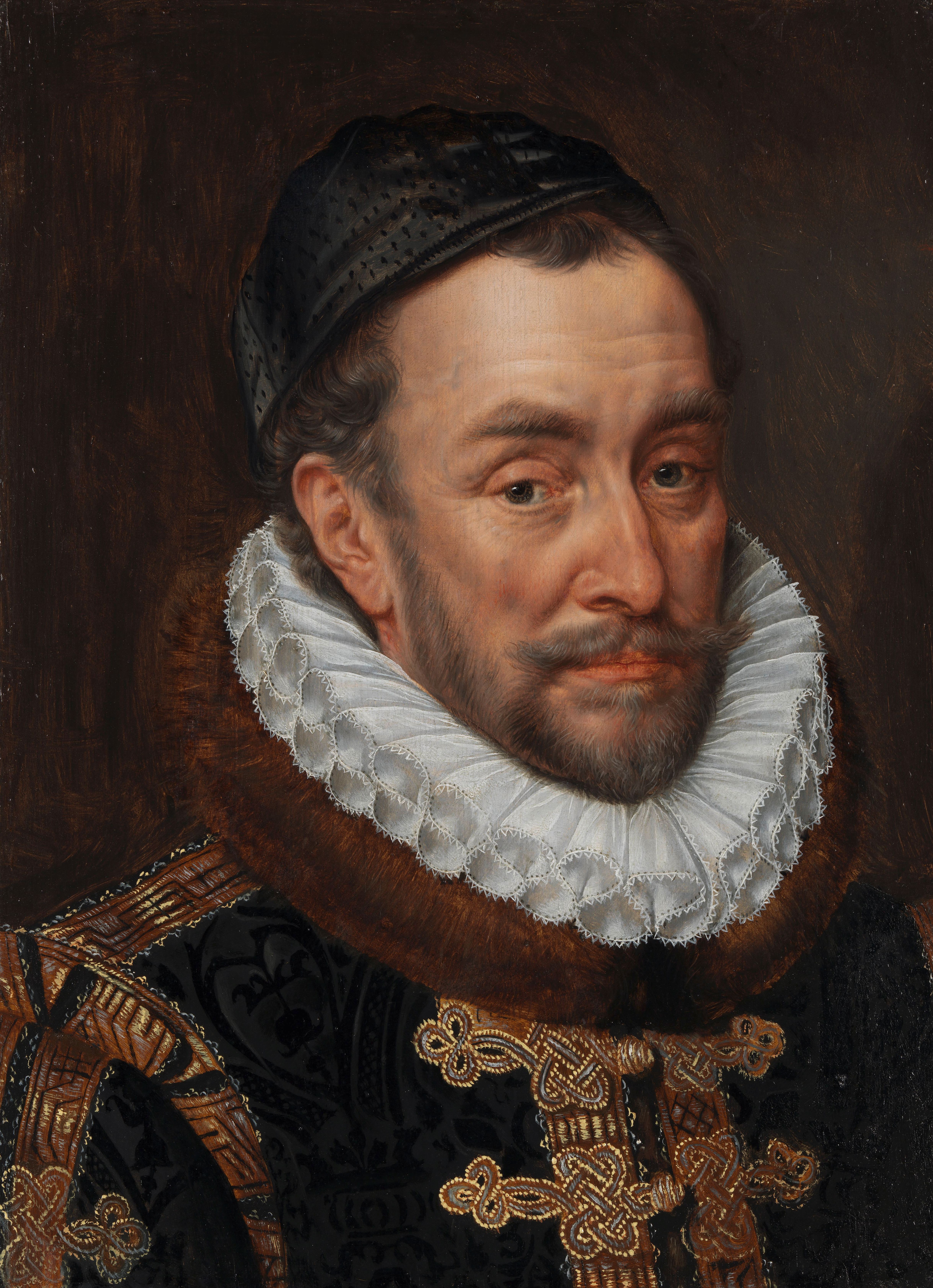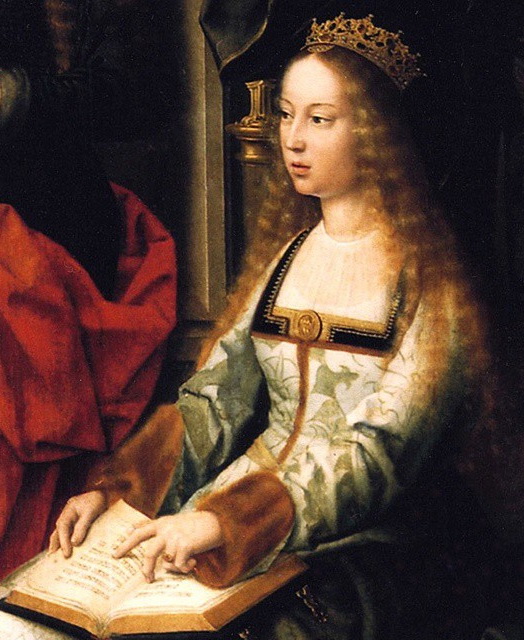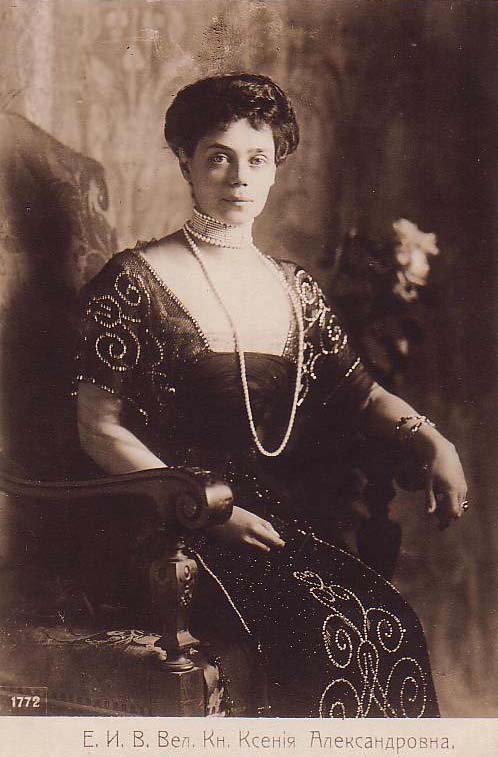by Susan Flantzer
© Unofficial Royalty 2025

1685 engraving depicting King Olaf I of Denmark; Credit – Wikipedia
Born circa 1050, Olaf I, King of Denmark, from 1086 to 1095, was the third of five illegitimate sons of Sweyn II Estridsson, King of Denmark to become King of Denmark. Olaf’s father Sweyn II married twice. His first marriage was childless. According to the chronicle “Jerusalem History”, Sweyn the Crusader, the legitimate son of a King of Denmark, took part in the First Crusade, dying in battle in 1097. Some researchers believe that he was the son of Sweyn II from his second marriage, but there is no documentary evidence of the existence of Sweyn the Crusader. Sweyn the Crusader would have been living when Sweyn II died in 1076. It would seem logical that a legitimate son of Sweyn II would have been considered a candidate to be his successor. However, only his illegitimate sons Harald III, Sweyn II’s successor, and Cnut IV, who succeeded Harald III, were considered.

Portrait of King Sweyn II that marks his place of burial in Roskilde Cathedral; Credit – Wikipedia
Sweyn II had many mistresses and fathered at least twenty children. The identity of the mothers of his illegitimate children is uncertain. Sweyn II’s illegitimate children listed below are either Olaf’s full siblings or half-siblings. “Brother” will be used when discussing Sweyn’s male siblings, but it is unknown whether they were full brothers or half-brothers.
- Knud Magnus (circa 1041 – 1058) – King Sweyn II wanted his eldest son Knud Magnus crowned as his successor by the Pope, but Knud Magnus died on the journey to Rome
- Harald III, King of Denmark (circa 1042 – 1080), was King of Denmark from 1076 to 1080
- Cnut IV, King of Denmark (circa 1042 – 1086,) was King of Denmark from 1080 to 1086
- Eric I Evergood, King of Denmark (circa 1060 – 1103)
- Svend Tronkræver (? – 1104)
- Ulf Svendsen (Ubbe) (? – 1104)
- Benedict Svendsen (? – 1086)
- Bjørn Svendsen, Duke of Nordalbingien (circa 1062 – 1100)
- Niels, King of Denmark (circa 1065 – 1134)
- Sigrid Svendsdatter (? – after 1066), married (Saint) Prince Gottschalk, who established the Polabian Slavic kingdom in present-day northeastern Germany
- Ingerid Svendsdatter (? – after 1093), wife of King Olav III of Norway
- Thorgils Svendsen
- Sigurd Svendsen, died in the war against the Wends
- Guttorm Svendsen
- Ømund Svendsen
- Ragnhild Svendsdatter, wife of Svein Aslaksson
Around 1067, Olaf married Ingegerd Haraldsdotter, the daughter of King Harald III Hardrada of Norway. The marriage was part of the peace treaty between Denmark and Norway to strengthen their alliance. There are no known children from this marriage.
When Olaf’s father, Sweyn II Estridsson, King of Denmark, died in 1076, there were two candidates for the Danish throne, Harald, Sweyn II’s eldest illegitimate son, and Cnut, Sweyn II’s second illegitimate son. An assembly of Danish nobles had to choose between the two candidates. Harald was seen as more peaceful, while Cnut wanted to reconquer England. To convince the nobles to vote for him, Harald took the vows called Harald’s Laws, declaring that he would uphold the existing rule of law. Cnut was sent into exile and did not return until his brother King Harald III of Denmark died in 1080, when Cnut succeeded his childless brother as King Cnut IV of Denmark.
As the great-grandson of Cnut the Great, King of England, Denmark, and Norway, King Cnut IV believed he was entitled to the English crown and saw William the Conqueror, now King William I of England, as a usurper. In 1085, Cnut planned an invasion of England with the support of his father-in-law Robert I, Count of Flanders and King Olaf III of Norway. However, the invasion never happened because Cnut feared an invasion of Denmark’s southern border by Heinrich IV, Holy Roman Emperor.
The Danish fleet with the Danish army aboard the ships remained in Danish ports. Supplies were running low, and the harvest was approaching. A council was held, and Olaf was sent to ask his brother King Cnut IV to begin the English campaign or send the army home. Cnut feared Olaf’s support among the nobles. Olaf had concerns about Cnut’s ambitions and saw Cnut’s young son Carl, born the previous year, as a future rival for power. Cnut blamed Olaf for stirring up trouble, and Olaf was imprisoned by their brother Eric, the future King Eric I of Denmark. Olaf was banished to Flanders, under the supervision of Robert I, Count of Flanders, Cnut’s father-in-law.
Cnut’s actions resulted in open rebellion. He had to flee from the royal estate in Børglum and continued to flee to Aggersborg and on to Viborg and Schleswig, finally ending up in Odense. On July 10, 1086, Cnut, his brother Benedikt, and seventeen of their followers took refuge in the wooden, Viking Age St. Alban’s Priory Church (link in Danish) at St. Alban’s Priory in Odense. The rebels stormed into the church and killed Cnut, his brother Benedikt, and their seventeen followers before the altar. The Benedictine monks of St. Alban’s Priory buried Cnut and his brother Benedikt in front of the main altar of the St. Alban’s Priory Church.
Olaf, still imprisoned in Flanders, was proclaimed King of Denmark. An arrangement was made to exchange Olaf for his younger brother Niels, a future King of Denmark. When Olaf returned to Denmark as King Olaf I, his brother Eric, who had imprisoned him, fled to Scania, now in Sweden.
During the reign of King Olaf I, Denmark suffered from crop failure, and Olaf was given the nickname “Hunger”. The crop failure was seen as divine retribution for Cnut’s murder. There were reports of miracles occurring at Cnut’s burial site, and his canonization was already being sought during King Olaf I’s reign. In 1101, persuaded by envoys from King Eric I of Denmark (reigned 1095 – 1103), brother of King Cnut IV and successor of their brother King Olaf I of Denmark, Pope Paschal II canonized King Cnut IV as a saint in the Roman Catholic Church.
King Olaf I of Denmark died on August 18, 1095, aged about 45, under uncertain circumstances. His burial site is unknown. The Danish historian, theologian and author Saxo Grammaticus (circa 1150 – circa 1220) in his Chronicle of Denmark says, he “willingly gave himself to lose the land of its bad luck and begged that all of the guilt would fall upon his head alone. So he offered his life for his countrymen.” Some historians speculate that Olaf killed himself over the guilt of the murder of his brother King Cnut IV and the famines in Denmark.
This article is the intellectual property of Unofficial Royalty and is NOT TO BE COPIED, EDITED, OR POSTED IN ANY FORM ON ANOTHER WEBSITE under any circumstances. It is permissible to use a link that directs to Unofficial Royalty.
Works Cited
- Bidragsydere til Wikimedia-projekter. (2003). Konge af Danmark (1050-1095). Wikipedia.org; Wikimedia Foundation, Inc. https://da.wikipedia.org/wiki/Oluf_Hunger
- Flantzer, Susan. (2025). Saint Cnut IV of Denmark. Unofficial Royalty. https://www.unofficialroyalty.com/saint-cnut-iv-king-of-denmark/
- Flantzer, Susan. (2025). Sweyn II Estridsson, King of Denmark. Unofficial Royalty. https://www.unofficialroyalty.com/sweyn-ii-estridsson-king-of-denmark/
- Olaf Hunger – heimskringla.no. (2025). Heimskringla.no. https://www.heimskringla.no/wiki/Olaf_Hunger
- Wikipedia Contributors. (2024). Olaf I of Denmark. Wikipedia; Wikimedia Foundation.












